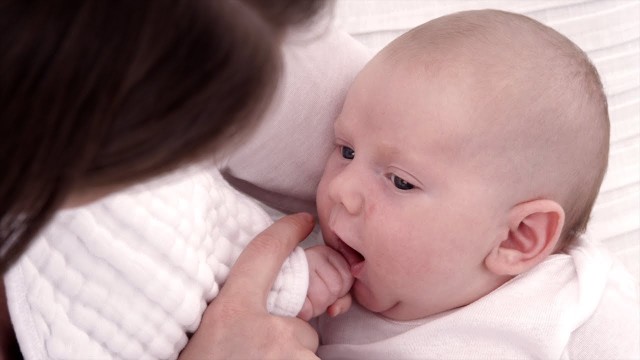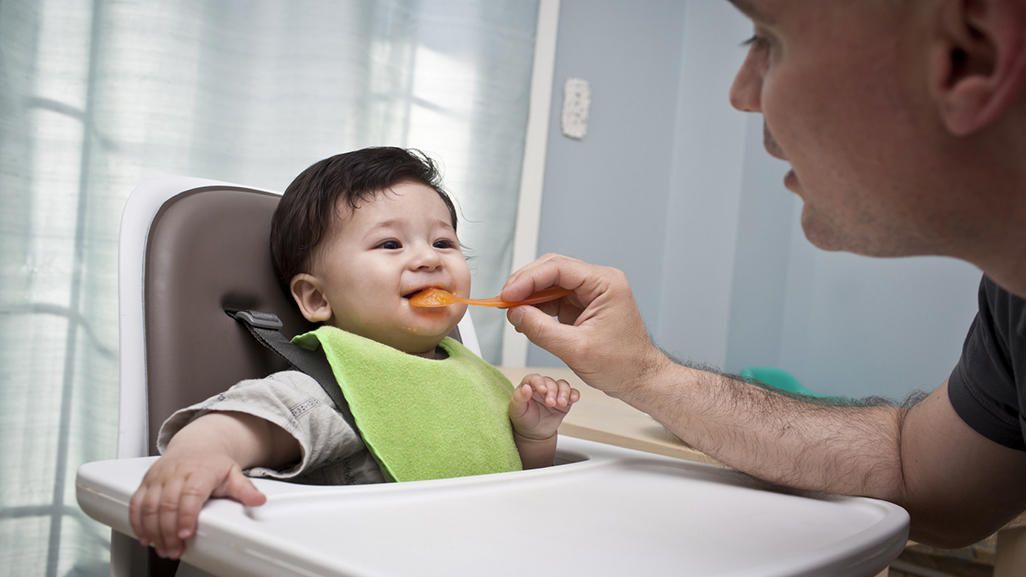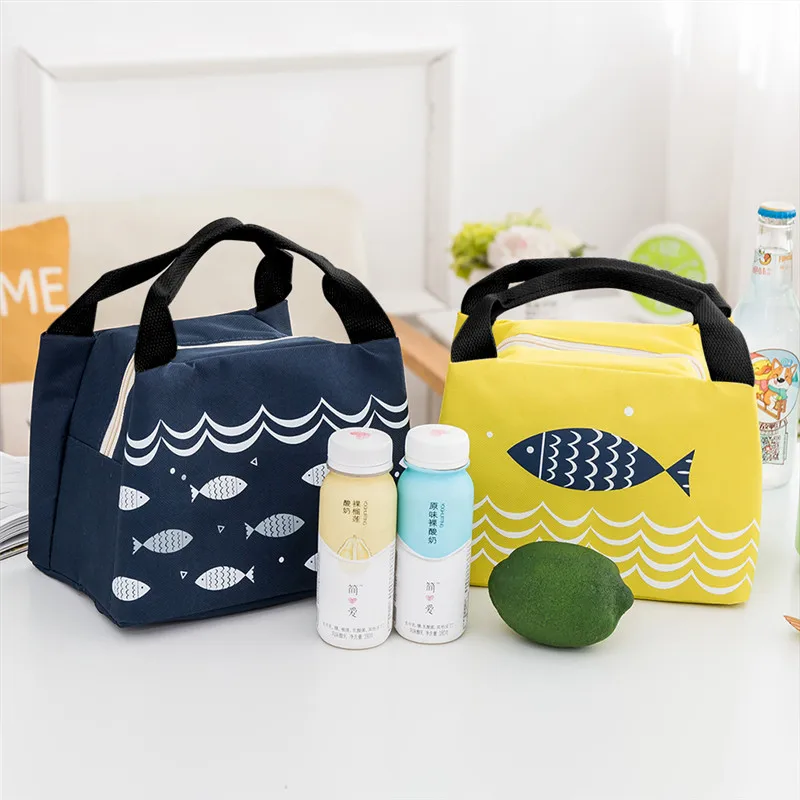Baby safe food colouring
Best food coloring for sensory play
by Alexa
There are tons of food coloring activities to make any sensory play more fun for our little ones. There are also tons of food coloring options to buy from, so which one is the best one? Here is my list of favorite food coloring for every type of sensory play activity you create.
Short on time? skip to it!
Best for bright colors
Color right food coloring (available on Amazon) is the best one for getting true colors that pop, is bright for any sensory activity. All you need is one or two drops and you will get amazing colors like these. The hues are true to the rainbow and the box offers additional colors like brown and black.
Best food coloring for edible Recipes
When it comes to edible sensory play, some people might be hesitant to using regular food coloring. After a while of doing lots of sensory play with it, I did too. As I started looking for other options, I found a vegan food coloring brand that people really liked.
The colors are more pale than other food coloring, but you get the benefit that they are more natural.
After doing more research into vegan food coloring options, I found out that TruColor (available on Amazon) is a favorite among vegans to use for their food, so I would think is safe to say this is a good recomendation.
Best for color variety
Most food coloring boxes come in the three primary colors and green. What if you want pink or purple? then you would need to experiment putting a few drops here and there.
One of my first food coloring sets and my favorite is the Nomeca brand set (found on Amazon). It comes in 12 colors. The tones are so beautiful and the price is perfect!
Best for bright neon colors
Neon colors are so much fun to play with! You don’t have to make special mixes and the McCormick neon box is all you say! Just add a few drops and you are good to go!
Learn how to make this colorful rice for sensory play here
Best for little hands
if you are doing a sensory play activity where you want your toddler to participate in adding the color, the Mc Cormick neon colors or regular food coloring bottles are perfect.
We all know toddlers enjoy pouring the whole thing if they could! These little food coloring bottles are a perfect size and are harder to squeeze than other food coloring bottles I have purchased. As they squeeze they only get a few drops at a time, making it perfect for toddler participation.
The best Natural alternative to food dyes
A surefire way to avoid artificial food dyes is to make your own natural versions using ingredients from your kitchen. There are so many beautiful hues in food, so why not use them? Especially if you are going to be doing edible-safe activities.
Many fruits and vegetables come in powdered form, but you can make your own by buying freeze-dried fruits and vegetables and pulverizing them to a fine powder in a food processor or spice grinder.
Onother way to make natural food dye is making a concentrated liquid. The liquid can be pure juice, a strained purée, or water-based: If you have a juicer, use it. It produces the purest liquid that you can reduce to the proper consistency.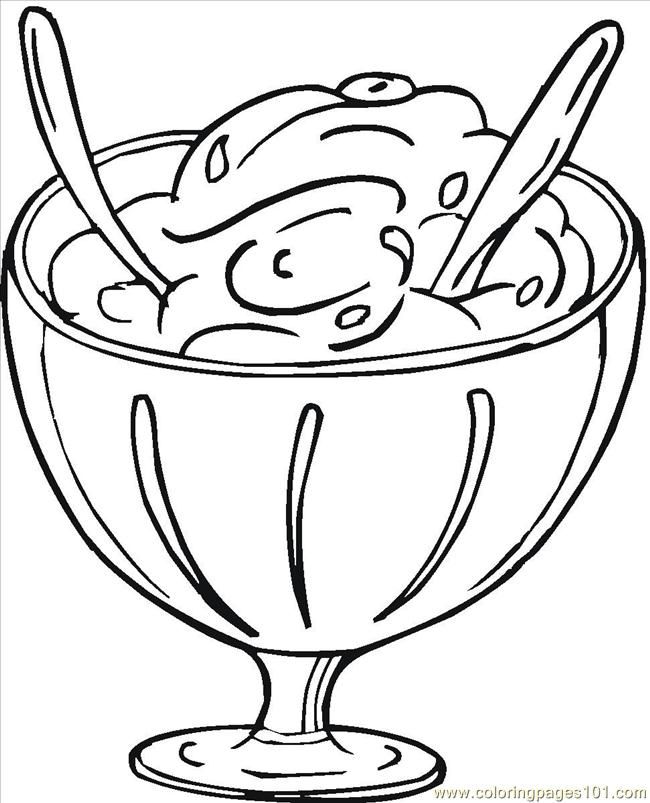
Boil your ingredient of choice and use the remaining water as your staining color. Food52 recommends the following ingredients to achieve each color.
- Pink: strawberries, raspberries
- Red: beets, tomato
- Orange: carrots, paprika, sweet potato
- Yellow: saffron, turmeric
- Green: matcha, spinach
- Blue: red cabbage + baking soda
- Purple: blueberries, purple sweet potato
- Brown: coffee, tea, cocoa
- Black: activated charcoal, squid Ink
Final Thoughts on Best Food Coloring for Sensory Play
Using food coloring either store-bought or natural is a great way to bring more fun into learning through play activities. Vibrant rich colors are attractive therefore, the activity will become more attractive to your little one.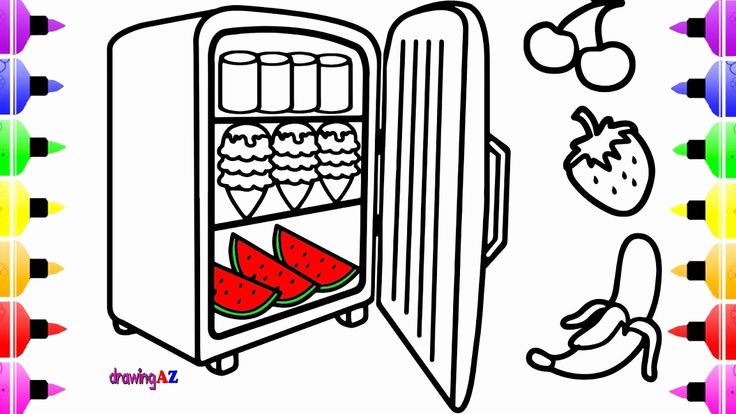
If you are making an edible-safe activity because your little one still puts things in her mouth, then go for vegan or homemade preferably. If you are not concerned about your little one ingesting these, then you have more options from hues to vibrant rich colors all the way to neon ones.
No matter, what you choose, have fun!
Get tons of creative ideas to do with your toddler at home! Become a PLAY MEMBER by signing up for the newsletter. Play members get seasonal activity ideas right in your inbox, a special invitation to our Mommy & Me Virtual Circle time, and access to our free library with educational printables and activities to develop your child through sensory play and reach their developmental milestones while getting a head start when entering Pre-K.
10 Safe Color Easy To Use
Baby Safe Food Coloring Is the Best Way to Make Homemade Baby Food.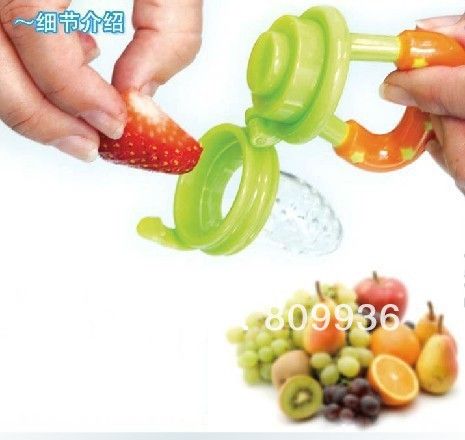 It’s safe, non-toxic, and easy to use!
It’s safe, non-toxic, and easy to use!
Food coloring is one of those ingredients that can be so great until you have a child and realize how dangerous some traditional food coloring options can be.
Thankfully, there are now quite a few amazing food colorings on the market that are BPA-free, made without any toxin-causing chemicals, and even vegan.
For the best results with homemade baby food, try using powder. Powdered foods are easier to measure out than cans or jars. The two most popular powdered baby food options are Tel-Organics and Baby’s Closet Organic Powders.
Baby Safe Food ColoringIf you prefer using a liquid, you can use any apple juice or water that is 100% pure and fresh.
Table of Contents
What Is Baby Safe Food Coloring?
Baby Safe Food Coloring Is a powdered food coloring made without any harmful additives. Baby Safe Food Coloring works just like the usual food coloring, but it is made with a safe, non-toxic formula that your baby can safely ingest.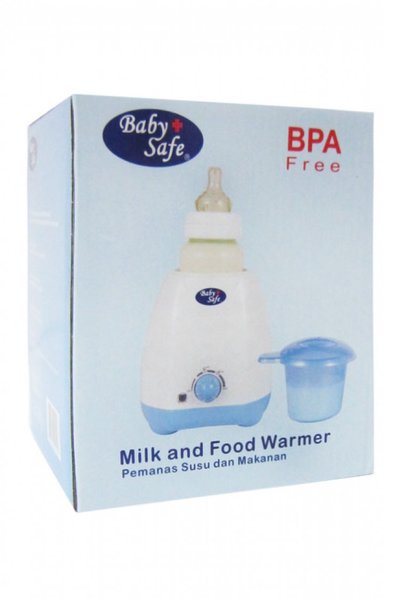
You don’t have to worry about toxic chemicals when making your homemade baby food. Also, this powdered food coloring won’t stain anything or leave a lasting impact on your dishes.
10 Baby Safe Food Color Easy To Use
1. Candy Color
The most popular color of baby-safe food coloring is Candy Color 1. This color is perfect for all sorts of fruits, vegetables, and even meats! It’s an excellent shade of red that looks great on so many different foods.
2. Peach
A nice shade of peach that is often used in homemade baby foods. It’s much nicer than the standard neon yellow you see in many foods these days.
3. Pink
A good pink can be used on all sorts of different fruits and vegetables. This shade of pink is perfect for homemade baby food!
4. Yellow
Thanks to its brightness, this yellow makes great carrot baby food or any other type of fruit or vegetable. It is safe for even the youngest babies.
5. Blue
If you’re looking for something a little different to make homemade baby food, then this shade of blue will work perfectly! It’s great for fruits like blueberries or star fruit.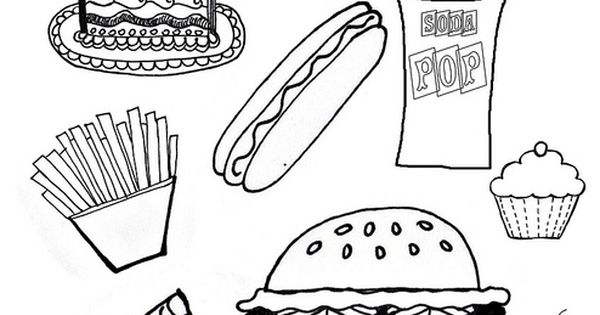
6. Emerald Green
Emerald green is a wonderful baby-safe food coloring that will be great on all sorts of fruits and vegetables. Its bright hue adds just a bit of fun to your homemade baby food!
7. Orange
When you want to make homemade baby food, orange is one of the best colors you can use! It’s bright and vibrant, so it will enhance your homemade baby food recipes without being too overpowering.
8. Red 1
A deep shade of red that is perfect for babies and toddlers! When you’re making your homemade baby food, this read won’t stain anything or cause any harm to your child.
9. Red 2
For a more traditional shade of red, red two is the perfect color for homemade baby food. It’s a deep, bright red that will look great on all sorts of fruits and vegetables.
10. Blueberry
If blue is not your favorite color for baby food, then try using food coloring with a hint of blueberry. This new shade of blue will make all kinds of foods much more fun!
How Will Baby Safe Food Coloring Affect Me?
If you’re worried about harmful chemicals, there isn’t anything to worry about using this powdered food coloring.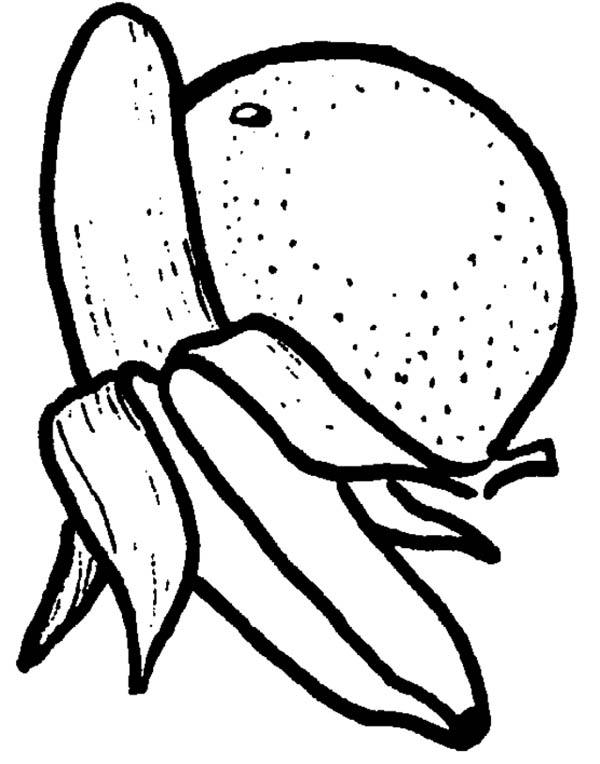 Pregnant or nursing women also don’t need to worry about their babies ingesting any ingredients. What’s more, this food coloring won’t stain dishes. Baby Safe Food Coloring is also completely BPA-free.
Pregnant or nursing women also don’t need to worry about their babies ingesting any ingredients. What’s more, this food coloring won’t stain dishes. Baby Safe Food Coloring is also completely BPA-free.
How Can This Make Me a Better Cook?
Baby Safe Food Coloring is great for food preparation, which can help you become a better cook. It’s better to have your own premade food to prepare because you can use the same recipes with any brand of powdered food coloring.
Also, if you’re cooking for one or two people, this gives you the freedom to make whatever type of food fit your diet without spending hours preparing it.
Conclusion
If you’re looking for ways to make homemade baby food with fresh ingredients, baby-safe food coloring is the way to go. You can even use powdered food coloring on homemade baby cereal! This will get your child off to a good start and ensure that your child gets the nutrients they need from their diet.
Safe food colors for children's cakes
Safe food colors for children's cakes
It is very difficult to imagine a bright children's party without an original delicious cake. It is this delicacy that the hero of the occasion and his restless friends are looking forward to. Even adults are delighted when they see what incredible children's cakes confectioners can offer them. Now the possibilities for making confectionery products are endless.
It is this delicacy that the hero of the occasion and his restless friends are looking forward to. Even adults are delighted when they see what incredible children's cakes confectioners can offer them. Now the possibilities for making confectionery products are endless.
You can create real masterpieces with bright mastic, painting it in all the colors of the rainbow. It is really very beautiful. And the child will love the brightly decorated cake. However, there is one very important point to consider. This is safety.
What dyes are used to decorate children's cakes
You can immediately breathe a sigh of relief. For the preparation of confectionery products, only safe dyes are used. Of course, if the order is carried out by a reputable company, and not by a private confectioner without documents. He just can save on the quality of the paint.
There are two types of food coloring
- Synthetic.
- Natural.
There is a sufficient range of absolutely safe dyes - both natural and artificial.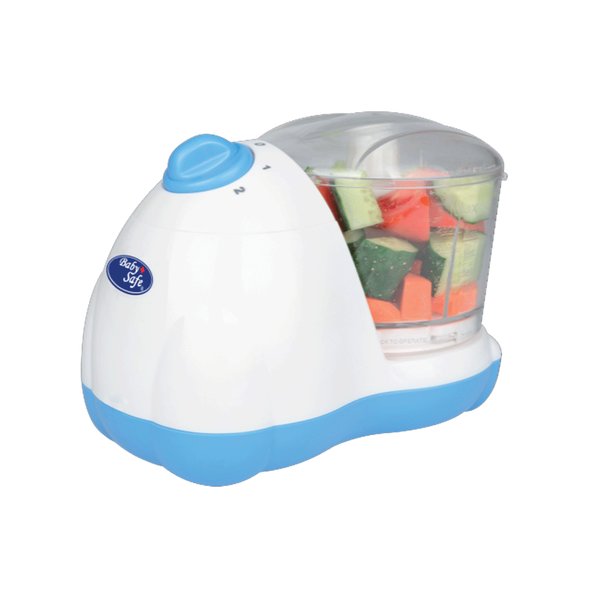 They are divided into several subgroups.
They are divided into several subgroups.
- Gel. Used for coloring creams, dough, mastic. Concentrated, and therefore they are used in small quantities. Contains glycerin and glucose. You can mix with each other and get new shades.
- Liquid. They are used for coloring creams, creating inscriptions and drawings on top of mastic using an airbrush.
- Dry. Bred in boiled water. They are added to dough and creams to give different shades.
- Kendurin. A very original dye that allows you to get a pearlescent shade in dragees, mastic, creams. It contains a safe natural silicate, which gives such an effect.
All dyes used for the production of confectionery are not harmful to human health. Self-respecting manufacturers for the manufacture and decoration of children's birthday cakes use only safe dyes, mostly natural.
Natural dyes used in children's cakes
Most often, natural dyes are obtained from flowers, roots, fruits, berries and leaves of plants, sometimes from minerals.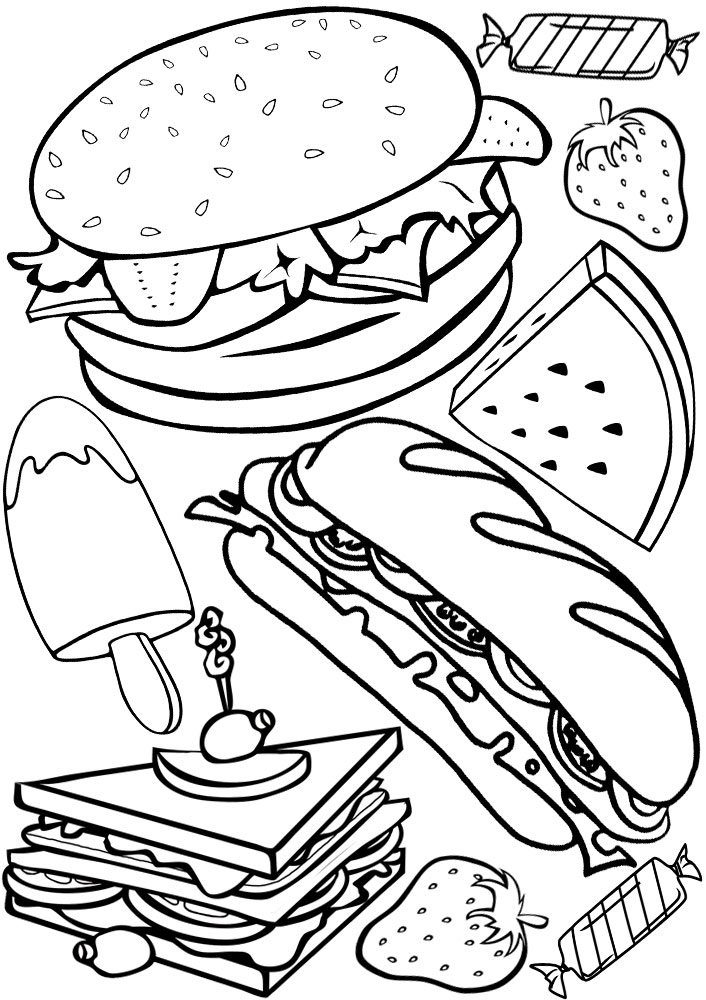 The finished product is produced by mixing various components:
The finished product is produced by mixing various components:
- chlorophylls
- organic acids
- vitamins
- carotenoids
- trace elements
- anthocyanins
- glycosides
- flavonoids
All these components, combined with each other, create a single range that gives the dye a certain color, taste and aroma.
Substances are absolutely safe. At the same time, they make it possible to obtain bright saturated shades. For the production of dyes, various natural raw materials are used.
- Lucarotene. Use to obtain all shades of yellow, up to reddish-orange. It is isolated from the roots of carrots.
- Carotenoids. Source - Orleans tree seeds (outer layer). Gives an orange-red to reddish-brown color.
- Curcumin. Intense orange-yellow to orange-brown color. Obtained from the root system of turmeric.
- Paprika. Bright red dye. Produced from paprika extract.
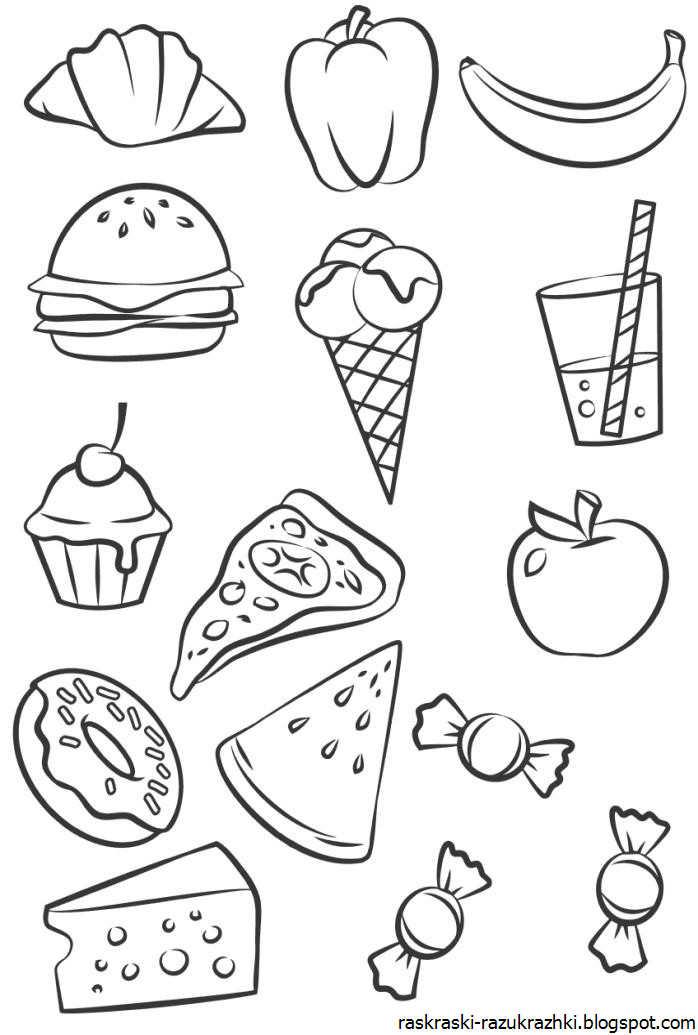
- Betanine. Intense dark red, beetroot. To obtain, use the root of the beetroot.
- Malt extract (caramel). Obtained by roasting barley malt. The color is dark brown.
- Vegetable charcoal. It is isolated after burning plants or nut shells. Used to get black.
- Chlorophyllin. Gives a green color - from bluish-green and even blue to dark green. Get the dye from algae, herbs, leaves.
The use of natural dyes can in no way harm the child's body. As a rule, children's cakes are decorated with just such dyes.
Given the high popularity of colorful birthday cakes, food coloring is now available in the form of felt-tip pens and pencils. Such wonderful devices can be used at a children's celebration, giving children the opportunity to decorate a birthday cake on their own.
Dyes harmful to health. Safe food coloring for children's cakes
Food colorings are artificial or natural additives that are used to give foods certain color characteristics.
Features of food colors
According to the European classification, food colors are labeled from E100. Marking ends at E199. Its order is determined by the color of the dye.
So, yellow colors are marked in the range of E100-E109. Then orange dyes follow. Their marking is E110-E119. Red denote codes E120-E129. Blue dyes mark E130-E139. Green food additives are designated E140-E149. Brown and black colors - E150-E159. Then come E160-E199 - these are already food colorings, which for some reason are not included in the above ranges.
All such additives are divided into artificial and natural. If dyes are obtained by synthesizing in a laboratory, then they are classified as synthetic, that is, artificial substances. Natural food additives are found in nature. These are dyes of vegetable, mineral or animal origin.
There are also food colorings that are identical to natural ones. These are special substances that are found in nature, but on an industrial scale they are obtained through synthesis.
Many people like food to look appetizing. Of course, modern manufacturers actively use this. To give the products a presentable appearance, food coloring is added to them. Natural substances for this are obtained from leaves, flowers, root crops, berries, canning and winemaking waste - films, seeds, peel. At the same time, a dried or fresh herbal product, jam or puree are not natural dyes, but independent ingredients. The concentration of the coloring matter is determined by the climate, location, method of cultivation, as well as the collection of raw materials. Natural raw materials, compared with synthetic dyes, contain fewer pigments.
To obtain natural food products, such physical effects as freezing, exposure to sunlight, drying, grinding, pressing are carried out. Alkali fermentation is also used. The raw material can be placed in a vacuum for ultrasonic irradiation. Of course, this will negatively affect the health of the consumer. Modern manufacturers choose a technique that allows you to get the largest amount of stable coloring pigment.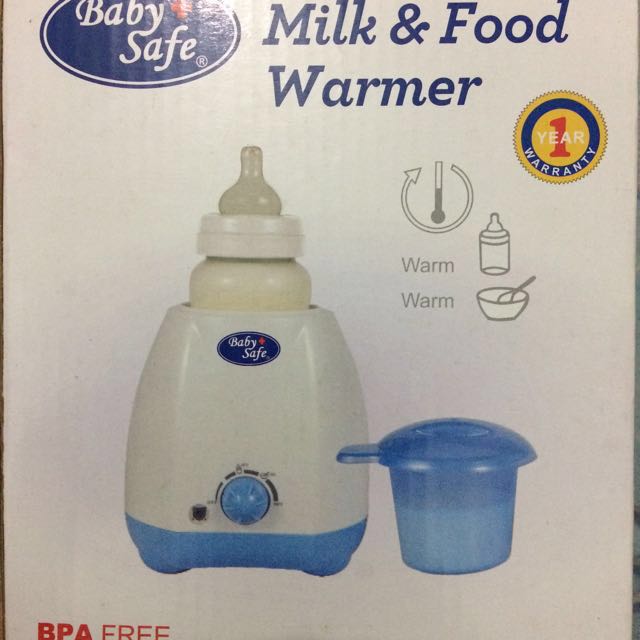
Flavonoids are the most common in nature. These are vegetable pigments with the widest palette. Among them are anthocyanins. On the packaging they are indicated with a marker E163. Such substances are contained in the fruits of grapes, berries of cherries and currants, in tubers and flowers of potatoes. They give shades of purple, pink, red, blue. They are used for coloring drinks, jams, cheeses, preserves.
In addition to color shades, these natural pigments successfully retain useful substances. They bring to the products a natural taste and aroma, which is characteristic of vegetable primary sources. However, due to their natural origin, such dyes give less saturated colors, which are less resistant to external influences, unlike synthetic counterparts. From temperature changes, they can discolor, acquire a different shade. Natural dyes, due to their instability to environmental influences, are not used for products whose shelf life and storage life exceeds one year.
Therefore, modern manufacturers began to use synthetic substances. They are obtained chemically. The brightness of the color of such dyes is stable, and no environmental influences will change this. Temperature fluctuations are not terrible for such substances. Although the same indigo carmine (or E132), created to give a blue pigment, under the influence of light can change its color. Some other food coloring reacts to the quality and hardness of the water, resulting in a lighter color. In live starters, as well as in fermented milk products, synthetic substances lose their color.
Harmful food coloring
Most natural colorants are harmless to the human body. But there are exceptions. For example, E103. This dye is obtained from the roots of Alkane dye, which can lead to the development of cancerous diseases. There are exceptions among synthetic dyes. Many of them are unusual for the body. With an increase in permissible standards, harm to health is inevitable.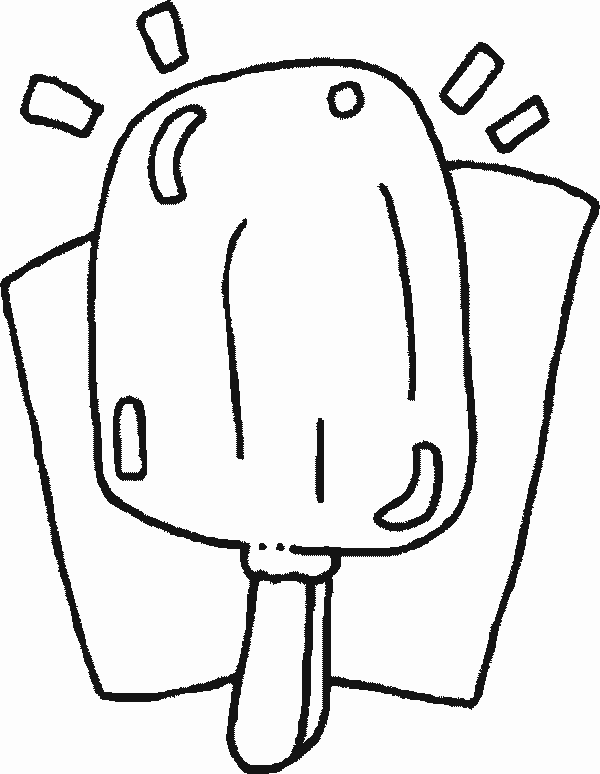 But some synthetic additives are used in the form of vitamins that have a positive effect on the human body.
But some synthetic additives are used in the form of vitamins that have a positive effect on the human body.
More than six thousand different chemical preservatives are currently used worldwide. Often it is in them that the cause of intestinal disorders lies. For example, sodium benzoate, found in sodas, fruit juices, and margarine, often causes severe allergy attacks.
Sulfur dioxide is often added to dried fruits and molasses to prevent browning of peeled potatoes and apples. There is no significant harm from it. However, this substance destroys vitamin B in the body.
Carcinogenic dyes deserve special attention. They can provoke hyperactivity, allergies, asthma. Dyes are found in the skins of potatoes and oranges, in butter and popcorn, in hot dogs, marmalade, jelly, canned fruit, and candied cherries. But there is also a whole list of banned dyes that can cause indigestion. At some poultry farms, certain additives are added to the feed for chickens, which color eggs in a certain color.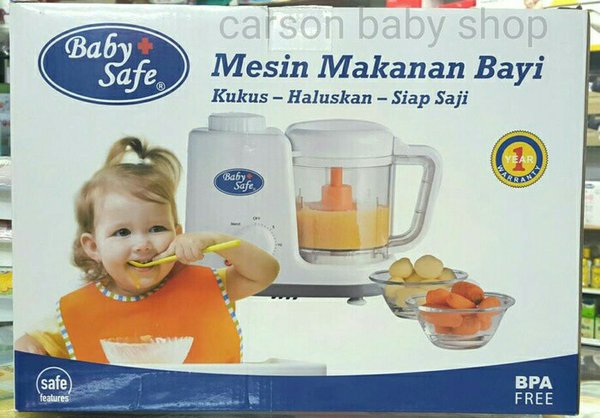
Emulsifiers and sweeteners can cause serious behavioral problems, hyperactivity, allergic manifestations. Saccharin increases the risk of bladder cancer. Stabilizers, thickeners and emulsifiers that are added to sour cream, ice cream and mayonnaise have a direct link to skin diseases and neurological disorders.
Monosodium glutamate deserves special attention. It is added to make the product sweeter. Meanwhile, this food coloring provokes migraines and dizziness, depression and chest pains, as well as mood swings. With the use of products containing such additives, you need to be extremely careful.
Dyes are either natural (natural) or artificial (synthetic). The first type combines substances that are found in the natural environment. The origin of such dyes can be different:
- vegetable;
- animal;
- mineral.
Artificial colors are additives obtained synthetically in special laboratories. There is also a class of substances identical to natural. These include additives that are present in nature but are produced for industrial use by chemical synthesis.
These include additives that are present in nature but are produced for industrial use by chemical synthesis.
General characteristics
Food colors are powder or small crystals of different shades. Marked with indices from E100 to E199. The number depends on the color of the substance.
Shades of dyes according to the marking, from:
- E100 to E0109 - yellow;
- E110 to E119 - orange;
- E120 to E129 - red;
- E130 to E139 - blue;
- E140 to E149 - green;
- E150 to E159 - black and brown;
- E160 to E199 - others that are not included in the above ranges.
Natural food colors are extracted from natural raw materials. The material can be berries, leaves, flowers, root crops, peel, seeds, etc. Such additives are less resistant to environmental influences compared to synthetic ones. The latter are obtained by various chemical reactions.
Purpose and use
Dyes color food, enhance the color and make it possible to keep it for a longer time.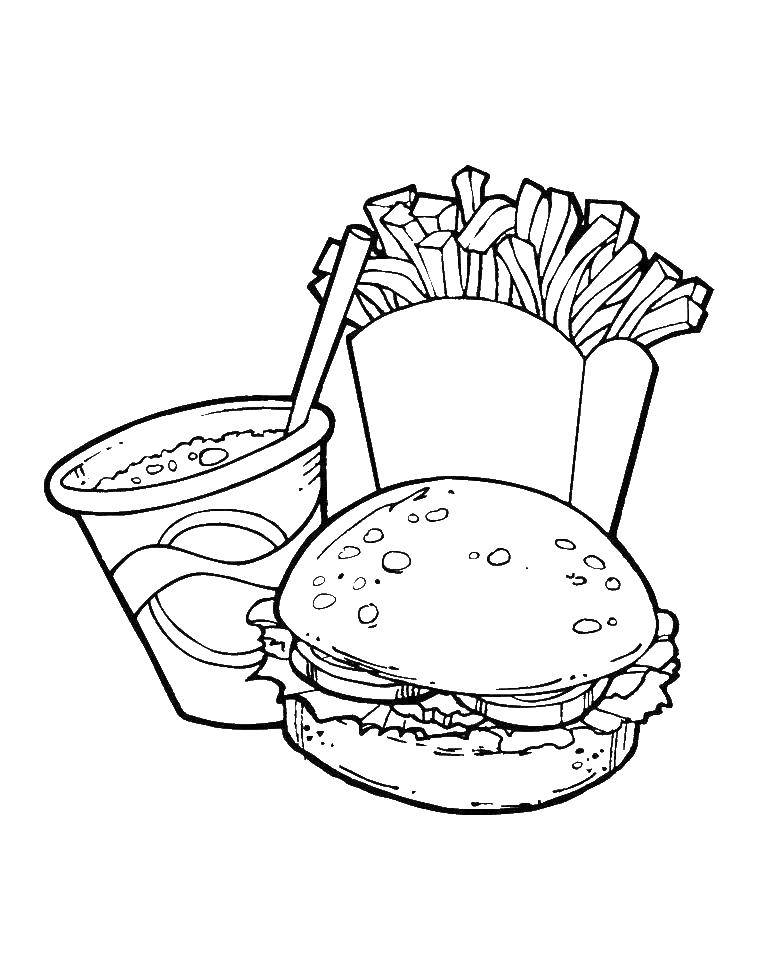 Substances are widely used in the manufacture of confectionery, soft drinks, desserts, meat and fish products, canned fruits and vegetables, sauces, seasonings, etc. Dyes are used not only by the food industry, but also by many other industries - cosmetology, household chemicals, construction, pharmaceuticals etc.
Substances are widely used in the manufacture of confectionery, soft drinks, desserts, meat and fish products, canned fruits and vegetables, sauces, seasonings, etc. Dyes are used not only by the food industry, but also by many other industries - cosmetology, household chemicals, construction, pharmaceuticals etc.
Health effects
Most dyes of natural origin are not harmful to health. Many synthetic additives are considered harmless when the maximum allowable doses are observed. Excessive consumption is hazardous to health.
Use. Natural dyes can be sources of nutrients that have a beneficial effect on the body.
Harm. The danger is the use of dyes in large quantities. This is especially true of synthetic components that are not characteristic of the body. An overdose threatens with indigestion, allergic reactions, exacerbation of chronic diseases, neurological disorders. Some substances act as carcinogens and provoke the development of cancer.
Learn more about food colorings and their impact on health in this section.
Legislation
The use of dyes is regulated by special regulations that determine the maximum allowable doses for individual products. Additives are used in almost all countries, including Russia, Ukraine, the USA, the EU.
In Russia, the use of food coloring is regulated;
- SanPin 2.3.2.1293-03 of 05/26/2008;
- GOST R 52481-2010 "Food dyes. Terms and definitions".
Learn more about food coloring in the video below.
It's no secret that food coloring has been used in industry for decades. The vast majority of products on supermarket shelves today contain at least one dye. According to statistics from the American Center for Science in the Public Interest (CenterforScienceinPublicInterest, USA), more than 7 million kilograms of synthetic dyes are used annually by global food manufacturers.
The topic of the harm of dyes to human health has been actively discussed in the course of various public debates for several years, and most experts are inclined to the idea of a more responsible approach to the use of dyes in the food industry.
Food colorings and related diseases.
Many natural dyes used in the food industry were banned in the middle of the 20th century. Therefore, most food manufacturers have gradually replaced them with synthetic dyes, which, in turn, pose no less danger to human health. Consider the most common types of dyes.
* Vivid blue food coloring
Often used in the preparation of flour products stuffed with berries, in yoghurts, cocktails, sweets. Bright blue food coloring can cause chromosomal abnormalities. For this reason, it was officially banned in France, England, Sweden, Finland and Norway
* Indigo
Most commonly found in sweets, soft drinks, some alcoholic drinks, and pet food. Contributes to the development of brain tumors. Currently, this dye is only banned in Norway.
* Red-orange food coloring
It's hard to believe, but it's not uncommon for sellers of oranges and tangerines to use injections of red-orange dyes to improve the color and appearance of the fruit. Needless to say, what danger such fruits carry for the health of the consumer. Red-orange dyes provoke bladder tumors. For this reason, they have been banned in the United States of America.
Needless to say, what danger such fruits carry for the health of the consumer. Red-orange dyes provoke bladder tumors. For this reason, they have been banned in the United States of America.
* Emerald green food coloring
This type of artificial color is banned in most European countries. Most often, emerald green dye is found in the composition of sweets, alcoholic and non-alcoholic drinks, ice cream, and cosmetics. Increases the risk of bladder cancer.
* Yellow-orange food coloring
This dye is most often found in baked goods, sweets, sausages, canned food, and cosmetics. It has a number of side effects, including: the risk of thyroid tumors, eczema, chromosomal abnormalities, allergies, asthma.
Alternative colors
An alternative to synthetic dyes are dyes from natural products: carrots, celery, spinach, red cabbage, berries, etc. Natural dyes do not have a rich color, are more sensitive to storage conditions and can affect the taste of the product.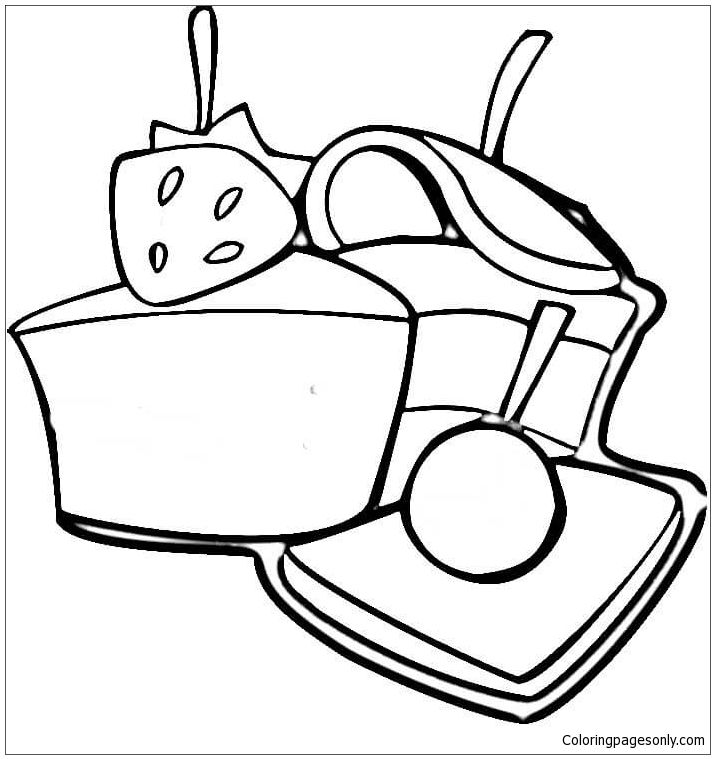 However, they are not as hazardous to health and are more environmentally friendly in production.
However, they are not as hazardous to health and are more environmentally friendly in production.
Posts from This Journal by “food” Tag
-
8 facts about lard, having learned that we stopped reproaching ourselves for loving him
Medieval monks said that "lard and a pig are as related to each other as a vine and wine." Salo was not only eaten, but ...
-
All the benefits of fishAccording to doctors, two fish days a week reduce the risk of oncology, keep the heart healthy and protect blood vessels from…
-
Useful properties of pumpkin seedsPumpkin is considered one of the most ancient plants that man began to eat. Which is not surprising given the bright eye-catching color...
-
How to choose the right juicy and sweet watermelonIt's hard to imagine that someone can not love such a juicy and unimaginably tasty delicacy like watermelon.
 Especially in this heat. In summer they are sold…
Especially in this heat. In summer they are sold… -
The 8 healthiest fish, according to a nutritionistEating fish regularly can be a healthy part of your diet due to its high content of protein, vitamins and minerals and that…
-
Superfoods for people over 50Do you want to live long? Then you need to include these foods in your diet. No matter how old you are, you must choose your food wisely. But...
You probably guessed that all the colorful products in stores are made using food coloring. Of course, you can also tint a cupcake or candy with plant-based dyes, but in this case, the color will turn out to be faded with a 99.9% probability, and the price of such a delicacy will be several times higher.
Fortunately, not all food colorings are dangerous. Many of them can be used at home: for example, to make a cake or. And yet among them there are those from which you should keep at a maximum distance. This material contains five dyes that should not be on your menu.
This material contains five dyes that should not be on your menu.
Red 40 (Allura Red, Food Red 17)
"Charming Red AC" - that's what this food coloring is called in Russian - not as charming as it wants to seem. American McDonald's has been known to use a mixture of Red 40, corn syrup and red berries to give some dishes a bright red hue. At the same time, the dye contains benzidine - and in every sense an unpleasant compound. Most often, scientists say, Red 40 is hidden in pastries, sweets and drinks. And its potentially safe amount is 7 mg per kilogram of body weight.
Blue 1 (E133, Brilliant Blue FCF)
Have you ever noticed blue stains on your legs after buying a new one? Meet Blue 1, also known as Blue Brilliant E133, was the culprit. It enters the body through the largest organ of our body -. And while at first glance the situation seems pretty harmless, just take a shower and wash your jeans, there are some things you should worry about.
"Unlike other food colors, it crosses the blood-brain barrier," says Live Strong researcher Lisa Y. Lefferts. "This can lead to nerve cell damage, increasing the risk of chromosomal damage, allergic reactions, and even cancer." Candy, desserts, and oral hygiene products are the most popular hiding places for Blue 1. Don't be surprised if you find it in anything other than blue foods, though. A potentially safe dose is 12 mg per kilogram of body weight.
Lefferts. "This can lead to nerve cell damage, increasing the risk of chromosomal damage, allergic reactions, and even cancer." Candy, desserts, and oral hygiene products are the most popular hiding places for Blue 1. Don't be surprised if you find it in anything other than blue foods, though. A potentially safe dose is 12 mg per kilogram of body weight.
Yellow 5 (E102, Acid Yellow 23)
Yellow CI19140 is a food coloring that, according to The Feingold Association, can reduce the number of active sperm in a man's body. But, of course, that's not all. Widely used in the manufacture of medicines, tartrazine (another name for it) can provoke serious allergic reactions and damage the integrity of cells. The main problem is that Yellow 5 deprives the body of zinc, even if you get enough of this element from food. That is why experts suggest that the dye affects children the most, causing them problems with concentration and increased compulsiveness.
Yellow 6 (E110, Sunset Yellow FCF)
Another yellow on our list, also known as "Orange Yellow S". Experts from the US Center for Science in the Public Interest have asked the FDA to ban dangerous food coloring, as, according to studies, it can provoke testicular and adrenal tumors. Doctors also suspect that "sunset" may exacerbate asthma symptoms, increase hyperactivity and anxiety (including in children with ADHD). Most often, the dye is found in crackers. A potentially tolerable daily dose is 3.75 mg per kilogram of body weight.
Experts from the US Center for Science in the Public Interest have asked the FDA to ban dangerous food coloring, as, according to studies, it can provoke testicular and adrenal tumors. Doctors also suspect that "sunset" may exacerbate asthma symptoms, increase hyperactivity and anxiety (including in children with ADHD). Most often, the dye is found in crackers. A potentially tolerable daily dose is 3.75 mg per kilogram of body weight.
Sugar color (E150, caramel color)
Although most of us have very pleasant associations with the word caramel, it is useful to keep in mind that caramel color can be dangerous. According to Lisa Lefferts, the highest levels of it have been found in soy sauce, Worcestershire sauce, beer, and meat that does not require cooking ("only reheat"). “The problem with caramel color is that when produced using the ammonia sulfite process, it ends up containing cancer-causing substances such as 2-methylimidazole and 4-methylimidazole, or 2-MI and 4-MI,” explains Lefferts. The maximum allowable dose of such a dye is 200 mg per kilogram of weight.
The maximum allowable dose of such a dye is 200 mg per kilogram of weight.
Today in supermarkets you can find a huge variety of products, in which it is quite easy to get confused. Bright packaging, seductive pictures, shiny labels, plus all this is complemented by promotional price tags, and we make a purchase. Stop, first you need to carefully study the packaging, namely the composition of this product. The fewer incomprehensible words in it, the better. For example, GOST condensed milk contains only natural milk and sugar, but the same product, but produced according to TU, has a completely different composition. It contains stabilizers and emulsifiers, as well as various E-labeled substances. Today we will talk about them: a table of harmful food additives should be at hand for everyone to prevent them from being eaten.
What different food additives are used for
First of all, you should be alerted to the "E" markings - they indicate food additives that are used throughout the world as preservatives and stabilizers, flavor and aroma enhancers, thickeners and leavening agents.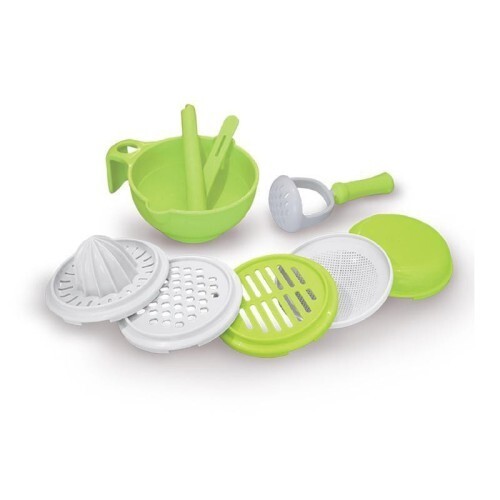 All this is necessary to improve the appearance and nutritional properties of the product, as well as increase its shelf life.
All this is necessary to improve the appearance and nutritional properties of the product, as well as increase its shelf life.
Why do we need a table of harmful food additives, and are all substances labeled "E" harmful? No, there are neutral, harmful and even dangerous ones, and therefore it is important for each of us to know them and be able to distinguish them. After all, the quality and duration of our lives are highly dependent on what we eat. The more vitamins and minerals in the diet and less "chemistry", the better.
Natural or artificial
Despite manufacturer claims, almost all additives are artificial and therefore potentially dangerous. These are synthetic chemicals. Considering that even the safest of them sometimes cause a reaction in especially sensitive people, it is clear that the table of harmful food additives should be known to everyone. However, there is another subtlety here: not all manufacturers warn you that their product contains additives with the "E" index.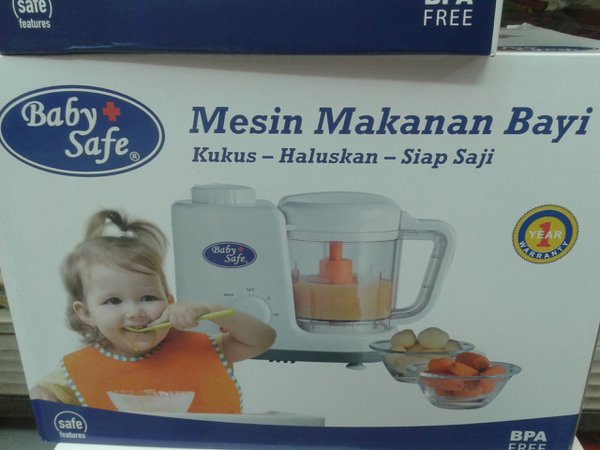 They often get around with general phrases like "does not contain artificial colors and flavors." Others note the presence of stabilizers and thickeners, but do not indicate which additives were used. In this case, there is only one way out: refuse to buy and choose a more honest manufacturer. This is especially important if the product is imported, because no one can guarantee that it does not contain prohibited products. Perhaps this will allow you to look at the goods in supermarkets in a different way, because, despite the attractive appearance, almost all of them contain preservatives.
They often get around with general phrases like "does not contain artificial colors and flavors." Others note the presence of stabilizers and thickeners, but do not indicate which additives were used. In this case, there is only one way out: refuse to buy and choose a more honest manufacturer. This is especially important if the product is imported, because no one can guarantee that it does not contain prohibited products. Perhaps this will allow you to look at the goods in supermarkets in a different way, because, despite the attractive appearance, almost all of them contain preservatives.
What does the numerical code next to the letter "E" mean
Below we will consider what the table of harmful food additives includes, but for now let's look at what these mysterious numbers mean. If the code starts with one, then you have a dye. All preservatives start at 2, the number 3 stands for antioxidants - they are used to slow down or prevent spoilage of the product. All 4 are stabilizers, substances that help maintain the consistency of the product in the required form. The number 5 stands for emulsifiers, they work in tandem with stabilizers and preserve the structure of the product. Flavor and aroma enhancers that create the notes and shades we love so much start at 6. Special substances are added to some products to prevent foaming, they are marked with the number 9. If you have a four-digit index in front of you, then this indicates the presence of sweeteners in the composition. The realities of life show that you need to know harmful food additives ("E"). The table will help you identify foods that should not be consumed in time.
The number 5 stands for emulsifiers, they work in tandem with stabilizers and preserve the structure of the product. Flavor and aroma enhancers that create the notes and shades we love so much start at 6. Special substances are added to some products to prevent foaming, they are marked with the number 9. If you have a four-digit index in front of you, then this indicates the presence of sweeteners in the composition. The realities of life show that you need to know harmful food additives ("E"). The table will help you identify foods that should not be consumed in time.
Such different food additives "E"
This label can hide completely harmless and even useful substances, for example, plant extracts. This is the well-known acetic acid (E260). Relatively safe additives E can be considered baking soda (E500), calcium carbonate or ordinary chalk (E170) and many others.
However, there are many more harmful substances than useful ones. You are mistaken if you think that these include only artificial additives, natural ones also sin with a negative effect on the body. Moreover, the more often they are used, the stronger and more pronounced their impact will be.
Moreover, the more often they are used, the stronger and more pronounced their impact will be.
Useful additives
Do not immediately return the product to the shelf just because it contains E. You need to look and analyze what substance is hidden behind it. The following table of harmful and beneficial food additives will help you make the right choice. For example, the most common apple contains pectin, ascorbic acid and riboflavin, that is, E300, E440, E101, but it cannot be called harmful.
The most common health supplements are curcumins, or E100 - these substances help control weight and are actively used in the manufacture of fitness products. E101 is a common vitamin B2, which is famous for the fact that it synthesizes hemoglobin and is involved in metabolism. E160d is lycopene, it helps to strengthen the immune system. E270 is a powerful antioxidant that is widely used in pharmacology. To enrich products with iodine, the additive E916, that is, calcium iodate, is used. We must not forget about E322 lecithin - this supplement supports the immune system and improves blood formation.
We must not forget about E322 lecithin - this supplement supports the immune system and improves blood formation.
Relatively harmless additives
Today the topic of our conversation is "Table of food additives "E". Useful and harmful, they are ubiquitous in the most common foods. In this group, we should mention the dyes that are used by the most famous confectionery companies to give attractive appearance creams and cakes.This is chlorophyrol, or E140, a green dye.Betanin is also known, that is, a red dye.It is extracted from the most ordinary beetroot, the juice of which perfectly tints creams at home.
This group includes calcium carbonate (E170) and common baking soda. Despite the fact that these substances do not pose a threat to life, in large quantities they can disrupt the acid-base balance in the body. E290 is ordinary carbon dioxide, all carbonated drinks are made with it. Every kitchen should have a table of food additives E. Useful and harmful, they are presented in such a large quantity today that it is very difficult to remember what this or that substance means.
Supplements to avoid
Today, the table contains 11 groups of additives, which include dangerous, prohibited, skin-damaging and blood pressure-disturbing substances. Since every person needs to avoid products containing dangerous "E-shki", we will consider each group separately. Do not neglect your health and rely on the manufacturer. Many of them are guided only by momentary profit and do not think about reputation. Moreover, it is much easier to periodically close the production and open it under a different name, releasing products with new labels. That is why you should be aware of harmful "E" food additives. The table will help you navigate and not forget what this or that code means. So let's get started.
Hazardous additives
There are a lot of dyes in this group, so if you see brightly colored confectionery, think about whether it is worth taking them to your children. Be sure to study harmful food additives "E": the table is updated periodically, so you need to update the printout, which is best kept next to the kitchen table.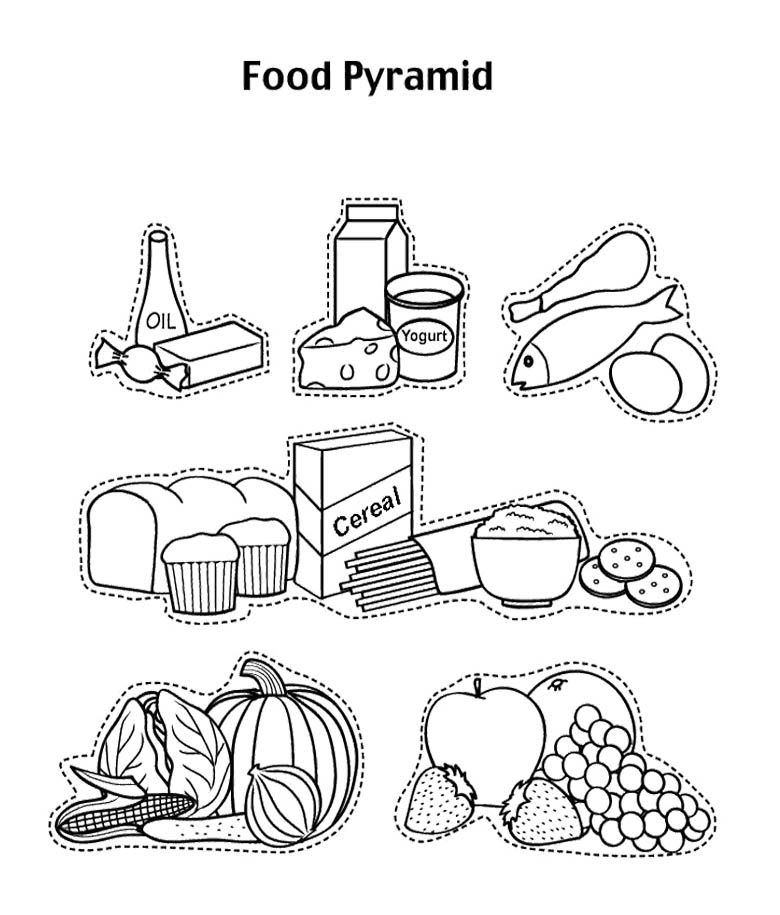
This includes E102, namely tartrazine. It causes asthma attacks and is banned in several countries. E110 - yellow dye, banned in many countries, as it causes an allergic reaction and nausea. E120 - carminic acid (until studies have proven harm, but doctors strongly recommend avoiding it). Red dyes E124, E127 and E129banned in some countries because they are carcinogens. This also includes E155 (brown dye) and E180 (ruby ritol).
E220 - sulfur dioxide - should be used with caution in people with renal insufficiency. Feel free to postpone products containing E220, E222, E223, E224, E228, E233, E242. E400, E401, E402 are recognized as hazardous.
Very dangerous
If the previous group of additives is dangerous or potentially dangerous, then the representatives of this category should be treated more than carefully. The fact is that the table of supplements gives you only code designations, behind which substances are hidden that stimulate the growth of cancer cells.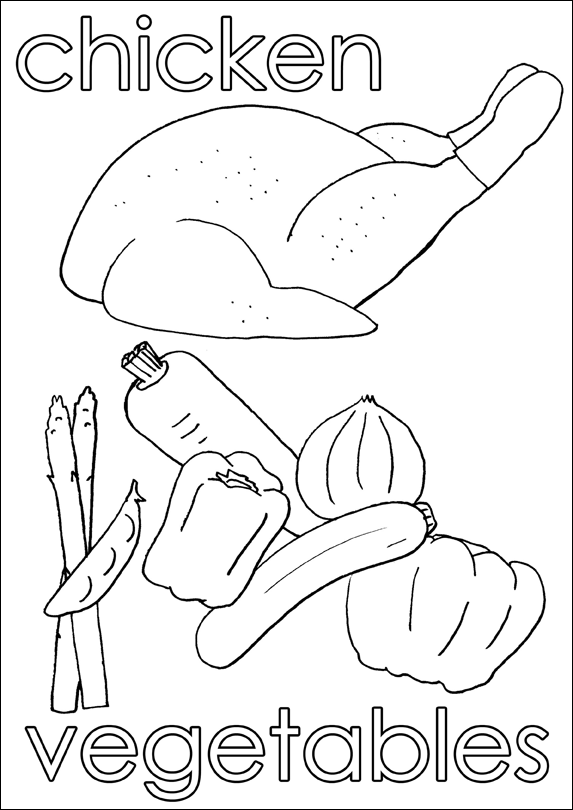 To completely avoid contact with them, you will have to give up most confectionery and seriously reconsider your view of the diet. The simpler the better, so bran biscuits, cereals, and fruits are the safest bet.
To completely avoid contact with them, you will have to give up most confectionery and seriously reconsider your view of the diet. The simpler the better, so bran biscuits, cereals, and fruits are the safest bet.
But back to our conversation. The table of the most dangerous additives "E" includes dyes such as E123 (amaranth). It is banned all over the world, as it causes developmental pathologies in the fetus. In addition, this group includes E510, E513E, E527.
Prohibited substances: table of the most harmful food additives "E"
It should be noted that in Russia there are very soft rules for manufacturing companies. Only 5 additives are officially banned, although the number is much higher worldwide. This is E952 - cyclamic acid and its sodium, potassium and calcium salts. This is a sugar substitute that has been discontinued because it was found to be a strong carcinogen. E-216 - para-hydroxybenzoic acid propyl ester - is also prohibited in Russia. But it's not all harmful food additives ("E").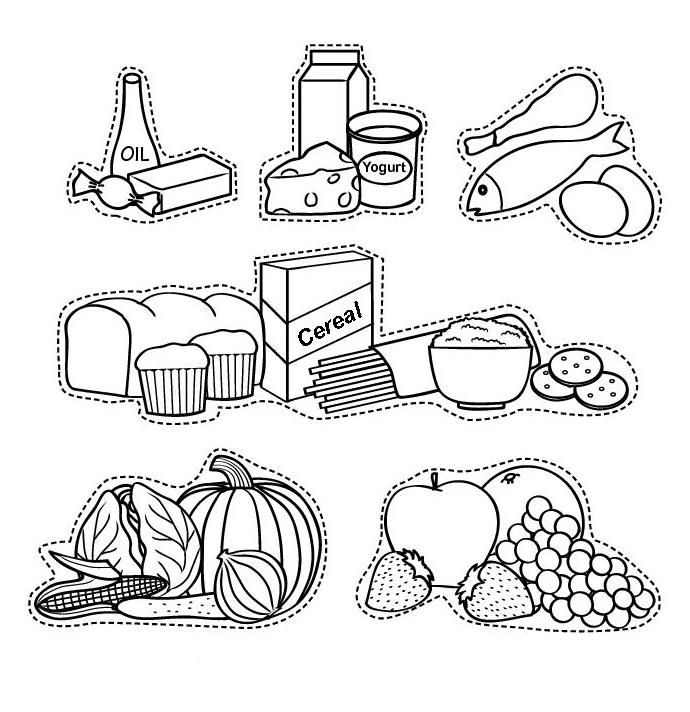 The table refers to this group a number of dyes - these are E152, E130, E125, E126, E121, E111.
The table refers to this group a number of dyes - these are E152, E130, E125, E126, E121, E111.
Substances that cause skin rashes
Everyone imagines the effect of carcinogens on the body, so you need to do everything necessary to exclude from the menu products containing the most harmful food additives. The table at hand will help you stop in time and not make an unnecessary purchase. Women should especially think about it, because many conditionally safe supplements cause deterioration of the skin condition. This is E151 (black, shiny BN) - in a number of countries it is generally prohibited. Second on the list is E231 (orthophenylphenol) and E232 (calcium orthophenylphenol). Aspartame, or E951 - a beloved sugar substitute by many - also has a number of side effects and is not recommended for use without special reasons.
Summing up
You can use this table every day. A food additive, the harmful effect of which is not fully understood, should be excluded from the diet.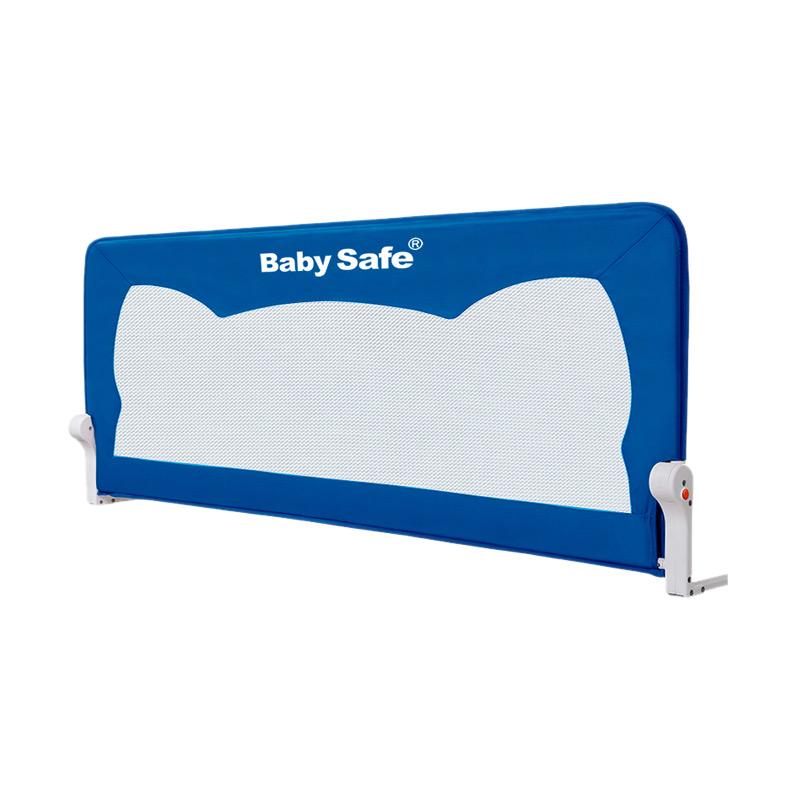 This group includes quite a lot of different "E" - these are E124, E122, E141, E150, E171, E173, E247, E471. To optimize your diet and eat as few synthetic additives as possible, study the product packaging before buying. The less in the composition of the various components and incomprehensible terms, the better. Do not purchase unfamiliar products, as well as those on the packaging of which there is no composition, and give preference to well-known manufacturers.
This group includes quite a lot of different "E" - these are E124, E122, E141, E150, E171, E173, E247, E471. To optimize your diet and eat as few synthetic additives as possible, study the product packaging before buying. The less in the composition of the various components and incomprehensible terms, the better. Do not purchase unfamiliar products, as well as those on the packaging of which there is no composition, and give preference to well-known manufacturers.
Avoid bright unnatural colors. They may contain too many dyes and preservatives. Give preference to natural products, cereals, sour-milk, as well as vegetables and fruits. It is this diet that is guaranteed not to contain harmful and dangerous substances. To maintain your health for the longest possible time, try to avoid foods that contain harmful food additives ("E"). A table that includes the main ones will become your reliable assistant.
Paints and varnishes. Oh, isn't it harmful?
It's no secret that one of the most common and popular types of solving the problem of decorating walls and floors in a house is painting. It's really, practical, convenient, profitable, economical, and the appearance of such painted walls and floors looks pretty good . In a word, it is an excellent solution for repairs, but what about the effect of such painted surfaces on our health? Is it harmful to paint the walls in the bedroom, nursery and living room? Today, we will talk about paints, and whether such an option is safe for you and me ...
It's really, practical, convenient, profitable, economical, and the appearance of such painted walls and floors looks pretty good . In a word, it is an excellent solution for repairs, but what about the effect of such painted surfaces on our health? Is it harmful to paint the walls in the bedroom, nursery and living room? Today, we will talk about paints, and whether such an option is safe for you and me ...
Residents of cities (large and small) are familiar with the problem of air pollution. And, from the fact that out of those twenty-six kilograms of clean air (or twelve thousand liters) that we need per day, we inhale only a fourth of it, and the rest is toxic fumes of chemicals that surround us, dust and microparticles of dirt, we often complain of chronic fatigue, nervousness and depression. In a special risk zone and lack of clean air are, of course, those who live near highways and industrial zones (we already mentioned this on our website, in the article on how to make the air cleaner).![]() And, where does the paint and repair, someone might ask. It turns out that there is a connection between all this. The peculiarity and even the uniqueness of the air on city streets lies in the fact that under the influence of atmospheric influences it is still purified. The wind blew, the temperature dropped and clouds of car exhaust fumes dissipated over the city. Another thing is our house with you. Our home atmosphere, our composition of "home" air is stable (unless, of course, you clean it with air filters and place plants on every square meter - see the article indoor plants that purify the air). And, it includes just the same all those toxic fumes from those materials that we preferred when we made repairs. That is why scientists say that0005
And, where does the paint and repair, someone might ask. It turns out that there is a connection between all this. The peculiarity and even the uniqueness of the air on city streets lies in the fact that under the influence of atmospheric influences it is still purified. The wind blew, the temperature dropped and clouds of car exhaust fumes dissipated over the city. Another thing is our house with you. Our home atmosphere, our composition of "home" air is stable (unless, of course, you clean it with air filters and place plants on every square meter - see the article indoor plants that purify the air). And, it includes just the same all those toxic fumes from those materials that we preferred when we made repairs. That is why scientists say that0005
the average citizen still spends ninety percent of his time not on the street, but indoors, where the air is ten times more toxic and harmful than in the open space…
What makes our indoor air so poisonous? Primarily synthetic finishing materials and petrochemical derivatives - synthetic wall paints - alkyd, acrylic, nitro, polyurethane .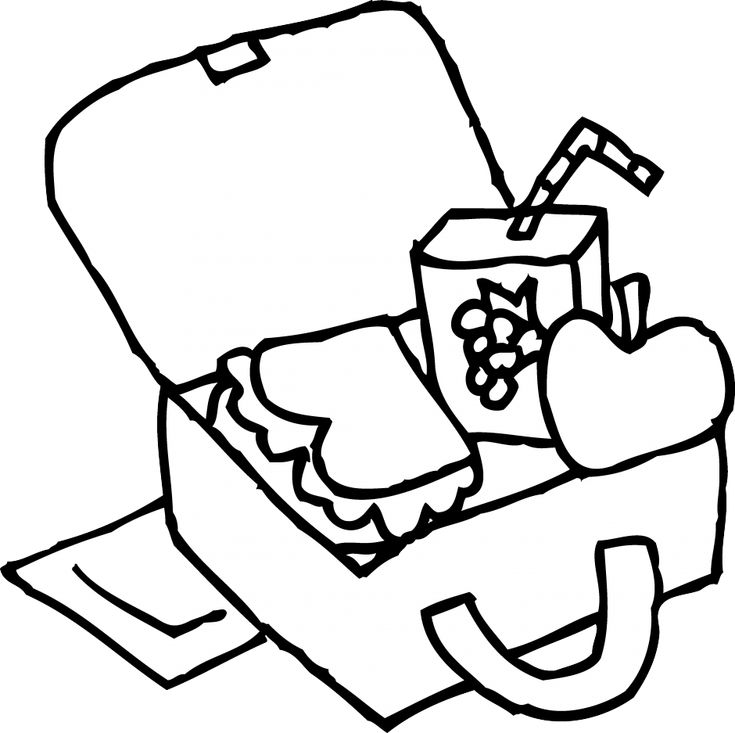 .. In a word, everything that we were going to talk about today. Also, our air in the house is poisoned by chipboard furniture, stretch ceilings, vinyl wallpaper, linoleum, plastic products (windows, appliances, furniture) ... Literally everything that surrounds us is a danger to our health!
.. In a word, everything that we were going to talk about today. Also, our air in the house is poisoned by chipboard furniture, stretch ceilings, vinyl wallpaper, linoleum, plastic products (windows, appliances, furniture) ... Literally everything that surrounds us is a danger to our health!
Why are synthetic paints so dangerous, you ask? A, due to the fact that such materials emit harmful organic and carcinogenic compounds:
- Formaldehyde (included in the list of the most dangerous carcinogens, highly toxic, affects the reproductive organs, skin, eyes, respiratory tract, central nervous system, can cause genetic abnormalities),
- Xylene (causes skin diseases),
- Phenol (a toxic substance that evaporates at room temperature and has a pungent odor, in the form of dust or phenolic vapors enters the human body through mucous surfaces, respiratory tract and skin, can cause dizziness, headache, loss of strength, decreased immunity, allergies) ,
- Toluene (causes eye disease and affects the central nervous system),
And this is not the whole list of pleasant surprises of paints and varnishes…
All these toxic substances enter our body through the lungs, are transported into the blood and can cause fatal and incurable diseases.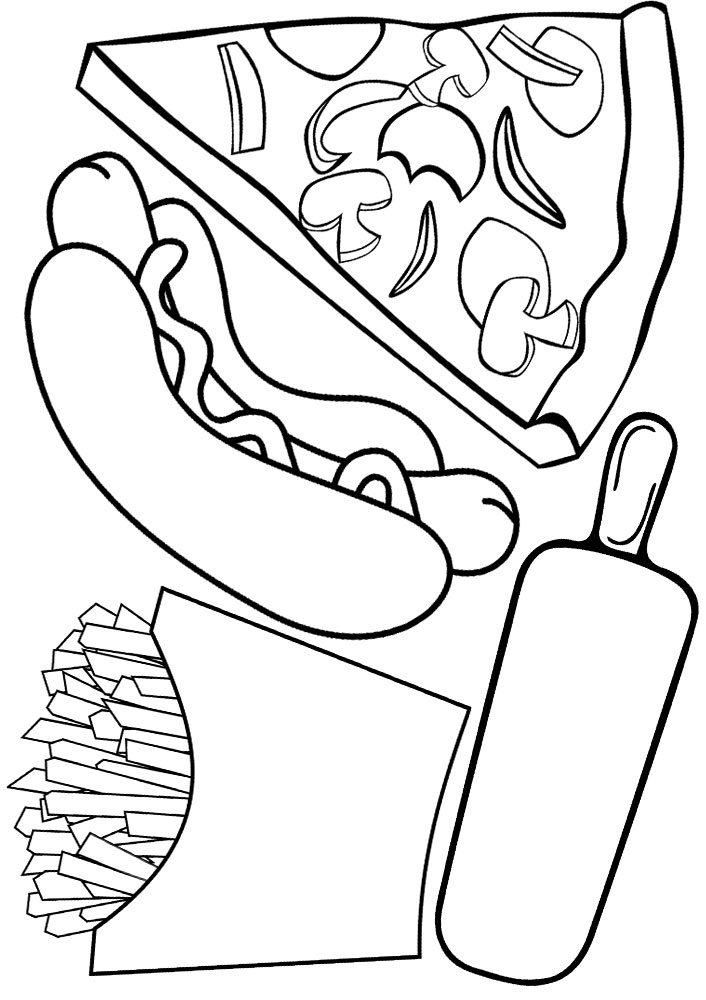 Someone may say that only freshly painted surfaces are dangerous, but this is far from the case. Intense fumes, of course, are observed immediately after the staining process, but they do not stop over time, they just become weaker, but no less toxic. And now imagine that your room, where ninety percent of the surfaces are painted with paints and varnishes, is more like a gas chamber, which slowly but surely kills all living things that are in it.
Someone may say that only freshly painted surfaces are dangerous, but this is far from the case. Intense fumes, of course, are observed immediately after the staining process, but they do not stop over time, they just become weaker, but no less toxic. And now imagine that your room, where ninety percent of the surfaces are painted with paints and varnishes, is more like a gas chamber, which slowly but surely kills all living things that are in it.
So, is it really worth forgetting about paints now? Such a radical solution is useless if you can find the so-called eco paints in your city building stores. , which are made from natural materials. And, how can this be, you ask? In our progressive age, anything is possible.
What is the difference between such eco paints and synthetic paints and varnishes…
. If, in synthetic versions (alkyd, acrylic), oil is used as the main raw material (although it is a natural product, it is very difficult to subject it to simple chemical reactions, therefore, it is necessary to resort to ozone and chlorine in the manufacturing technology of such “harmful” paints, this poisons the source material for the paint), then, in natural eco paints, you will not find oil in the composition of oil (this also applies to oil derivatives).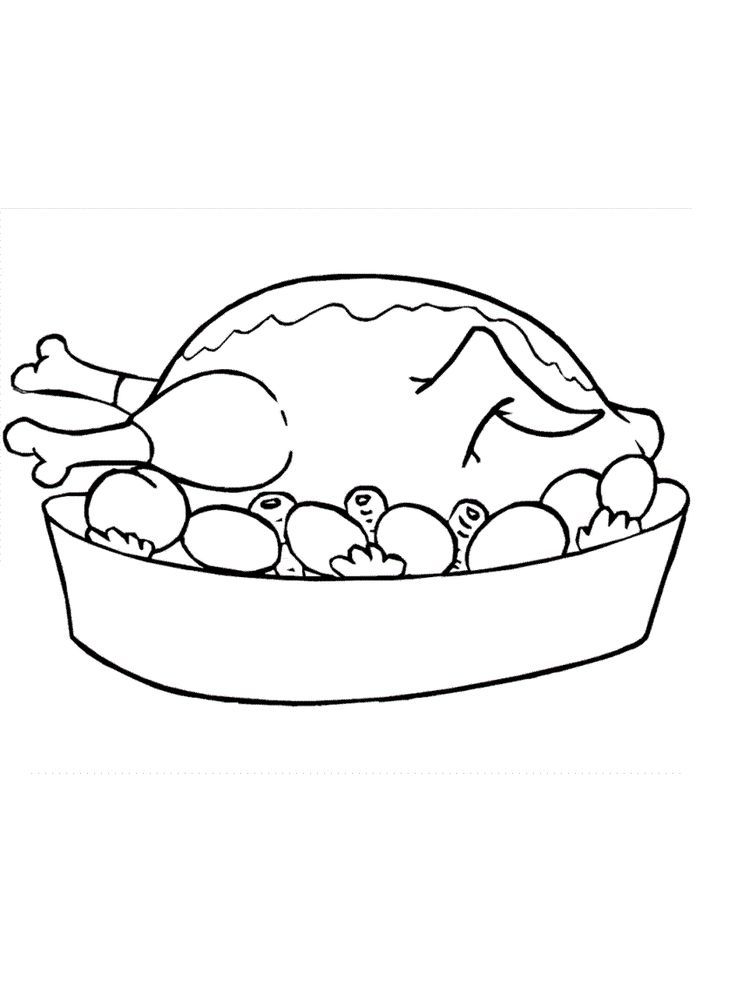 Only natural ingredients - eucalyptus, orange, linseed, rosemary, lavender oils, casein (a product obtained from cottage cheese), vegetable resins, clay, natural dyes. Here is such a composition of paint that is absolutely harmless to human health. Naturally, such environmental friendliness and naturalness is an order of magnitude higher than an ordinary synthetic poison in an iron can, but, after all, health is more expensive!
Only natural ingredients - eucalyptus, orange, linseed, rosemary, lavender oils, casein (a product obtained from cottage cheese), vegetable resins, clay, natural dyes. Here is such a composition of paint that is absolutely harmless to human health. Naturally, such environmental friendliness and naturalness is an order of magnitude higher than an ordinary synthetic poison in an iron can, but, after all, health is more expensive!
Another difference between such eco paints is the fact that manufacturers of such paints are not afraid to indicate the full composition of their product , in contrast to the manufacturers of synthetic products, which, apart from "wall paint", do not write anything else on the label. And, do not be afraid because they are absolutely sure that their product does not pose a threat to human health.
The fact that is such a "correct" paint does not emit any! toxic!!! vapor into the air - science has already proven this. In addition, another indisputable advantage of such a natural paint material is the fact that does not create the effect of a “polymer film” during the painting process, which does not allow the surface to “breathe”.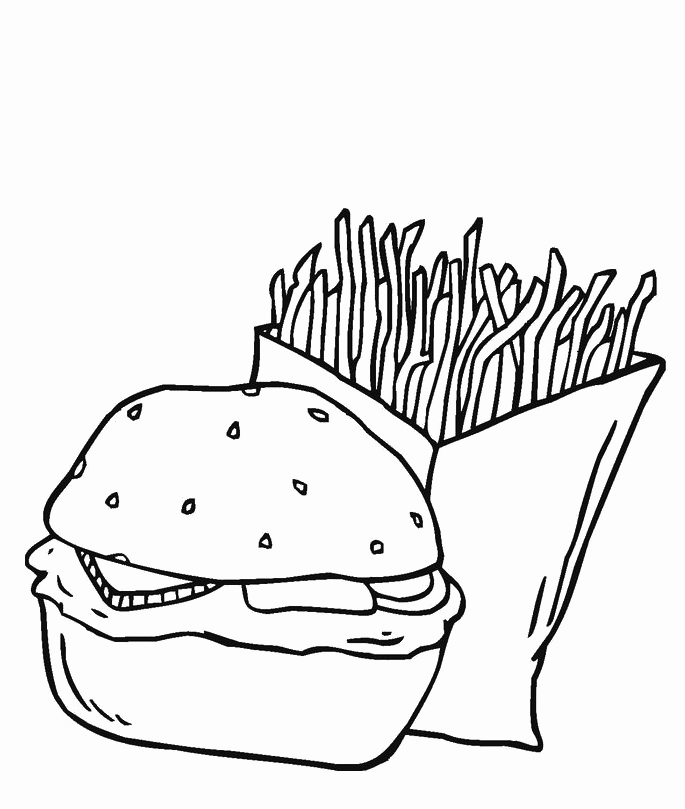 Such paint lasts longer than its synthetic counterparts, does not peel off and does not wipe off.
Such paint lasts longer than its synthetic counterparts, does not peel off and does not wipe off.
But, unfortunately, not many of us pay attention to such trifles as wall paint. They buy the first can of paint that comes across and suits the color scheme and cost and proceeds to repair. After a few days, your house shines with cleanliness and ... exudes toxic fumes. And, after a few weeks, you suddenly start to get sick. And, few of us will build a chain: synthetic paint-repair-disease… A, experts, meanwhile, argue that every year the number of cases where the cause of the disease, poisoning, allergies are precisely paints and varnishes, increases.
Here are some more interesting facts about paints...
- polyvinyl chloride is a component of many paints and varnishes, it poses a particular danger at room temperature, when it begins to decompose, and at elevated room temperatures and when the sun's rays hit the painted surfaces. PVC vapors enter the human body, both through the lungs and through the skin, are absorbed into the bloodstream and into the liver.
 As a result, if you have a strong and healthy body, you may suddenly develop an allergy, and if you are not proud of your good health, everything can end much worse - damage to the nervous system, kidneys and liver.
As a result, if you have a strong and healthy body, you may suddenly develop an allergy, and if you are not proud of your good health, everything can end much worse - damage to the nervous system, kidneys and liver. - According to experts, more than half of the products on the paint market are dangerous to human health. Therefore, do not be lazy to carefully read the composition of the paint on the label and give preference to proven manufacturers. The ideal solution to the issue of painting is, of course, choosing eco-friendly paints.
We all strive to create coziness and comfort in our home, but remember that you will really feel cozy and comfortable in your home only when you are healthy and you are surrounded by materials that do not pose a threat to of your life.
Shevtsova Olga, World Without Harm.
Table of prohibited and harmful food additives.
List of harmful food additives E. ..
..
Designations of food additives with the letter E appeared on all food packages in Russia after 1996.
The inscription on the package "E124 is a safe food additive approved by ES standards" does not guarantee the safety of the additive! Firstly, this does not mean that this supplement can be consumed in any quantity.
Secondly, not everything allowed in Europe is allowed in Russia.
The results of new scientific research lead to the creation of some and the restriction of the consumption of other supplements, even if they were previously considered safe.
E 100 - 199 - dyes
Products with red and yellow dyes, such as tartrazine E102, often cause food allergies. This dye is used in sweets, ice cream, confectionery, drinks.
E127 has a toxic effect, provoking thyroid diseases.
E 200 - 299 - preservatives
The infamous sodium nitrites and nitrates are E250 and E251. They are still used everywhere, despite the fact that they cause a variety of allergic and inflammatory reactions, headache, hepatic colic, irritability and fatigue.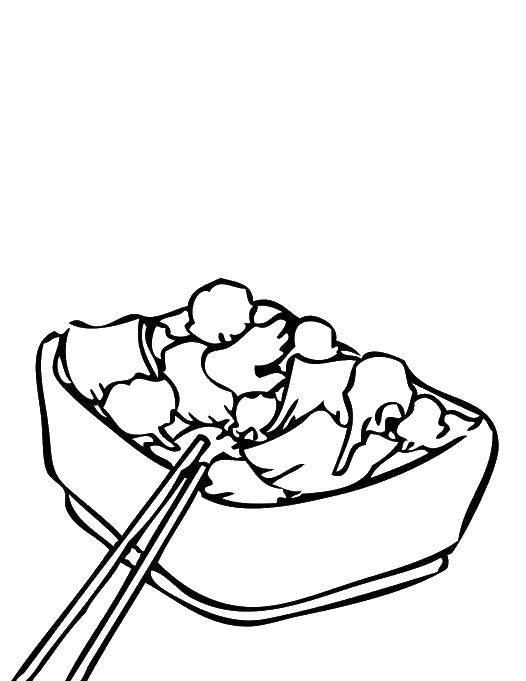
Substances marked E231 and E232 are harmful to the skin. These additives are used in the production of various sausages, meat products with a long shelf life and canned food.
Dyes and preservatives have a bad effect on the immune system, disrupt the natural intestinal microflora. And functional disorders of the intestine sometimes lead to oncological and cardiovascular pathologies. Metabolism and liver suffer. On February 22, 2005, the use of additives with the index E216 and E217 was banned in Russia in order to prevent the threat of the emergence of mass non-communicable diseases (poisoning) of the population. Scientists speak more harshly - these substances can provoke the occurrence of malignant tumors. Previously, these additives were used in the production of meat and confectionery products.
E 300 - 399 - antioxidants
Antioxidants (also called antioxidants) slow down the oxidative process in fat and oil emulsions. Fats thus do not go rancid and do not change their color over time.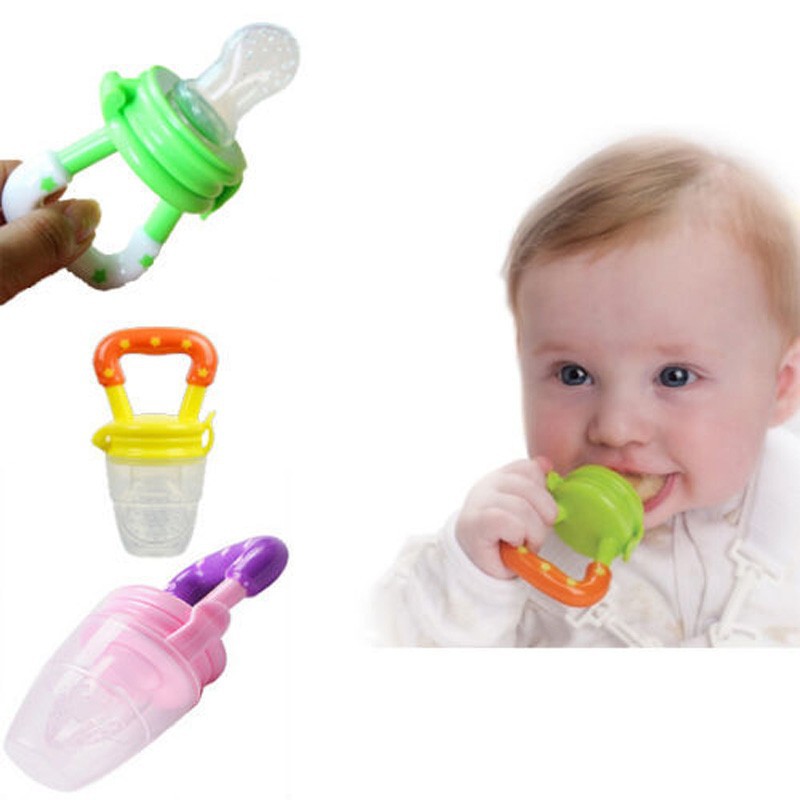
E311 may cause allergies and asthma attacks. An asthma attack can also be triggered by additives E320 and E321 (included in some fatty foods and chewing gums). E320 retains water in the body and increases cholesterol levels.
E 400 - 499 - thickeners, stabilizers
Thickeners and stabilizers increase viscosity. They are almost always added to low-fat products - mayonnaise and yogurt. Thick consistency creates the illusion of a "quality product". Can provoke diseases of the digestive system.
E 500 - 599 - Emulsifiers
Emulsifiers create a homogeneous mixture of immiscible products such as water and oil. Negatively affect the liver, cause indigestion. Emulsifiers E510, E513 and E527 are especially dangerous in this respect.
E 600 - 699 - flavor enhancers
"Miracle seasoning" allows you to save on natural meat, poultry, fish, mushrooms, seafood. A few crushed fibers of a natural product or even its extract are added to the dish, generously flavored with an amplifier, and a “real” taste is obtained. The additive successfully masks the low quality of the original product, such as old or low-grade meat. There is a flavor enhancer in almost all fish, chicken, mushroom, soy semi-finished products, as well as in chips, crackers, sauces, various dry seasonings, bouillon cubes and dry soups. Not a single recipe in a fast food restaurant can do without flavor enhancers. At the same time, the permissible norms can be exceeded - the maximum dosage of this additive should create the illusion of a “quality product”. Can provoke diseases of the digestive system.
The additive successfully masks the low quality of the original product, such as old or low-grade meat. There is a flavor enhancer in almost all fish, chicken, mushroom, soy semi-finished products, as well as in chips, crackers, sauces, various dry seasonings, bouillon cubes and dry soups. Not a single recipe in a fast food restaurant can do without flavor enhancers. At the same time, the permissible norms can be exceeded - the maximum dosage of this additive should create the illusion of a “quality product”. Can provoke diseases of the digestive system.
The most famous flavor enhancer is monosodium glutamate E621. This supplement has been the subject of intense controversy for many years. American neurophysiologist John Olney discovered in the mid-70s of the last century that monosodium glutamate can cause brain damage in rats. And Japanese scientist Hiroshi Oguro recently proved that this dietary supplement has an adverse effect on the retina. 30% of people who frequently eat meals with monosodium glutamate complain of headaches, increased heart rate, muscle weakness, fever and chest tightness. Especially often this additive is used in oriental cuisine, so experts combined the described symptoms with the term “Chinese restaurant syndrome”. Monosodium glutamate is the sodium salt of the amino acid glutamate. There is a lot of it, for example, in the root of celery. This amino acid and its salts are involved in the transmission of impulses in the central nervous system, have an exciting effect and are used in psychiatry. In its pure form, this substance has neither taste nor smell, but enhances the taste of any dish. To a person who frequently consumes monosodium glutamate, natural food seems tasteless, because the taste recognition receptors lose their sensitivity. So a person becomes addicted to the "tasty seasoning". In order not to scare away the buyer, manufacturers do not always call the E621 seasoning by its name. It is often referred to as "flavor additive" or "taste enhancer". Sometimes E622, potassium glutamate, which is banned for use in Russia, is also hidden under this wording.
Especially often this additive is used in oriental cuisine, so experts combined the described symptoms with the term “Chinese restaurant syndrome”. Monosodium glutamate is the sodium salt of the amino acid glutamate. There is a lot of it, for example, in the root of celery. This amino acid and its salts are involved in the transmission of impulses in the central nervous system, have an exciting effect and are used in psychiatry. In its pure form, this substance has neither taste nor smell, but enhances the taste of any dish. To a person who frequently consumes monosodium glutamate, natural food seems tasteless, because the taste recognition receptors lose their sensitivity. So a person becomes addicted to the "tasty seasoning". In order not to scare away the buyer, manufacturers do not always call the E621 seasoning by its name. It is often referred to as "flavor additive" or "taste enhancer". Sometimes E622, potassium glutamate, which is banned for use in Russia, is also hidden under this wording. Of the 18 known flavor enhancers, 6 are allowed in Russia, but they can hardly be considered useful.
Of the 18 known flavor enhancers, 6 are allowed in Russia, but they can hardly be considered useful.
E 900 - 999 - defoamers, glazing agents, sweeteners, leavening agents.
These additives prevent or reduce the formation of foam, create a shiny smooth shell, provide a sweet taste to the product and make the dough more fluffy. Defoamers, glazing agents and baking powder do not pose a great danger to the body.
The most serious claims are made against the sweetener aspartame.
It is found in over 6,000 products. At 30 degrees Celsius, aspartame begins to break down into methanol (methyl alcohol) and formaldehyde, which is considered a carcinogen. Chronic use of aspartame often causes headaches, tinnitus, allergies, and depression.
Another sweetener, cyclamate, has been banned since 1969 in the USA, France, Great Britain and some other countries. It is thought to cause kidney failure. These sweeteners are widely used in the production of soft drinks. They increase appetite and cause thirst.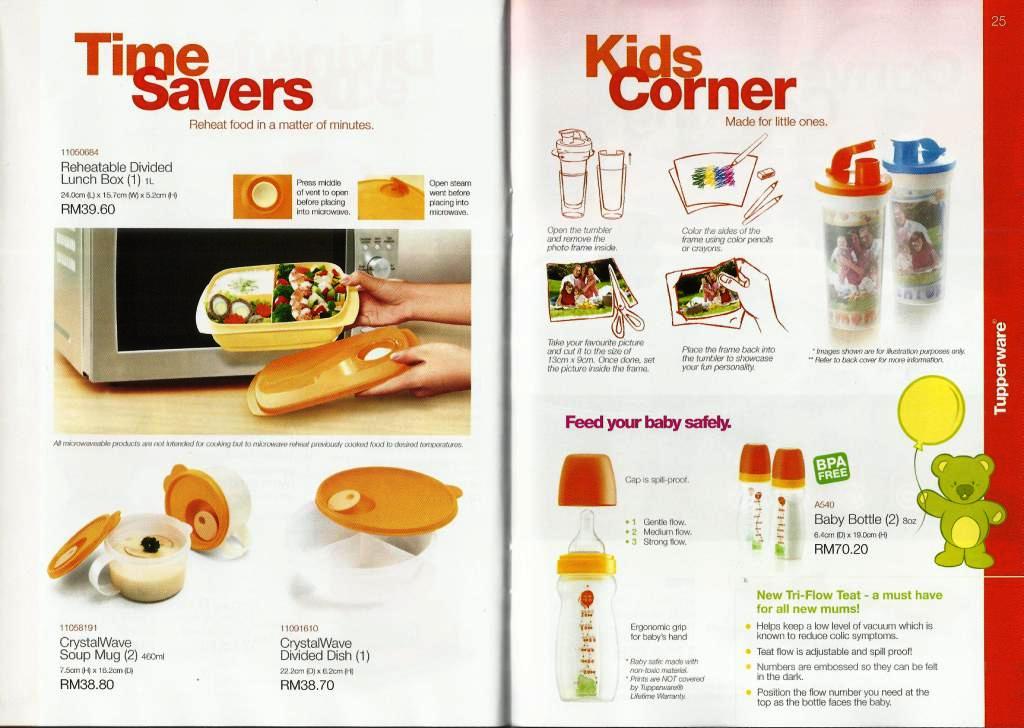
E-additives banned in Russia
E121 - citrus red, dye
E123 - red amaranth, dye
E240 - formaldehyde, preservative
E-additives allowed in Russia, but considered dangerous
Cause the growth of malignant tumors: E103, E105, E121, E123, E125, E126, E130, E131, E143, E152,
E210, E211, E213-217, E240, E330, E447.
Cause diseases of the gastrointestinal tract: E221-226, E320-322, E338-341, E407, E450, E461-466.
Allergens: E230, E231, E232, E239, E311-313.
Cause liver and kidney disease: E171 173, E320-322.
Why is dye e harmful?
If you mean dyes as food additives in food products, they are not poisons, of course, but they have no benefit and nutritional value. Manufacturers began to use them in order to embellish their product, to make it more appetizing in appearance. The harmful effects of artificial food colors are not well understood, but it is recommended to choose products without them. There are natural food dyes - beetroot and carrot juice, red berry juice, lemon peel decoction, etc.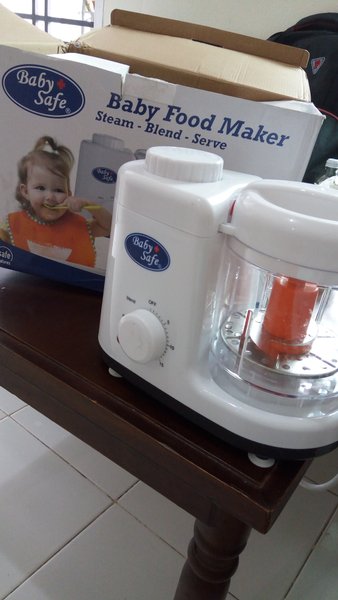 There will be no harm from these dyes.
There will be no harm from these dyes.
Do not climb here
E-dyes can cause skin itching, asthma, and make children restless
E-102, tartrazine
Yellow dye. By its nature, it is coal tar, refers to industrial waste.
Contained In jellies, jelly juices, chewy sweets, cream soufflés, jelly candies, caramel, biscuit rolls, marmalade, ice cream, purees, soups, yoghurts, mustard.
May cause asthma, migraine, itchy skin and blurred vision. Children from it can become irritable, restless, sleep badly.
E-104 Quinoline Yellow
Lemon Yellow.
Found In cake cream, smoked fish, colored dragees, cough drops, "colored" chewing gums.
May cause itchy skin and dermatitis. In children, it causes the same problems as E-102.
E-110 Sunset Yellow FCF Orange Yellow S
Orange dye.
Found in "colored" sweets, drinks, sauces, packaged soups, oriental spices.
Causes various allergies, worsening of nasal breathing, runny nose, nausea and abdominal pain. Children are more anxious. Banned in many countries.
Children are more anxious. Banned in many countries.
E-122 Azorubine Carmoisine
Red-brown dye.
Harmful to asthmatics, may cause rashes and allergies.
E-124, ponceau 4R (crimson 4R), cochineal red
Red-orange dye.
Found in confectionery, carbonated drinks, sauces of this color, salad dressings, salami.
Considered to be a carcinogen. Exacerbates the course of bronchial asthma.
E-129 Special Red
Orange dye.
Found in confectionery, sodas, sauces of this color.
May cause allergies and cancer. Banned in 9 European countries.
E-211, sodium benzoate
This is a preservative with antibiotic and color enhancer properties.
Found In sweet sparkling water, barbecue sauces, sea fish paste, salmon oil, seafood in brine, caviar salad with sour cream sauce, soy sauces, sweets, ice cream.
Provokes the development of allergies, especially if ingested in combination with E-102. Harmful fungi
See also.


